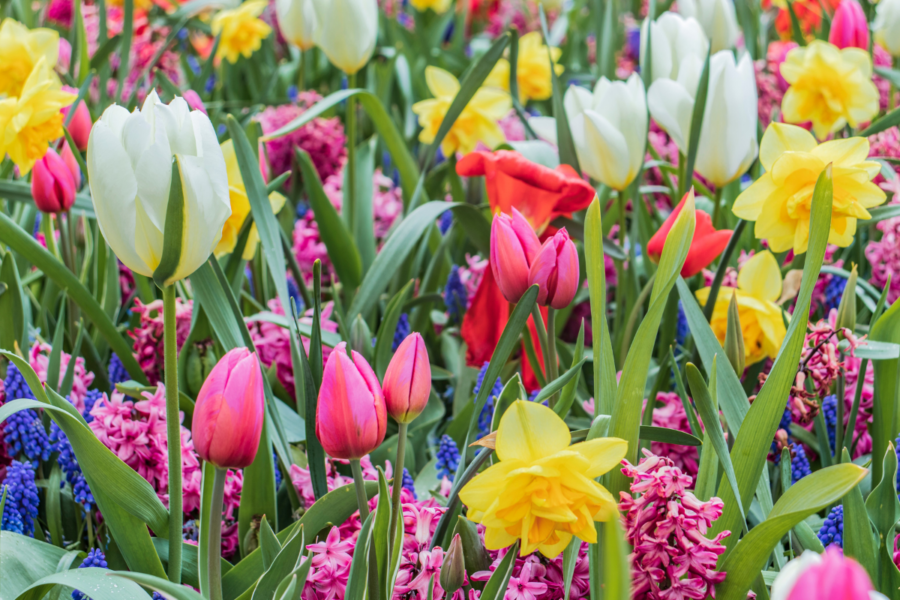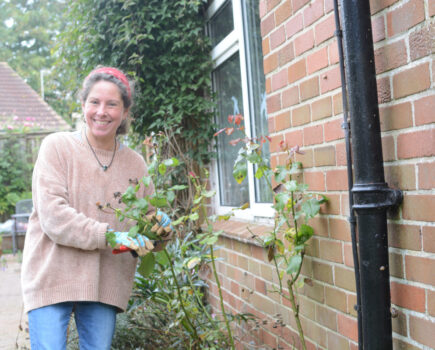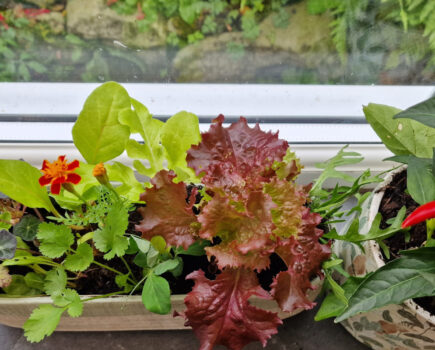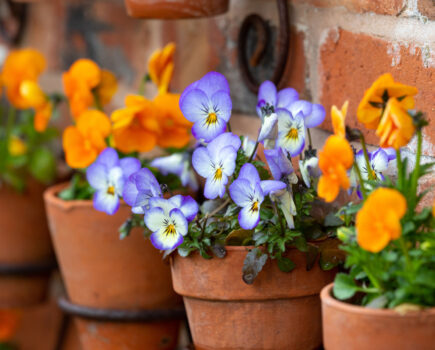Lift, divide, store but never throw them away!
The other day I was talking to a friend who’s a keen gardener and she let slip the fact that in late spring she digs up and bins her tulips and buys fresh each autumn. I was aghast (she does the same with begonia tubers too) because while bedding tulips may not flower as well after their first year, they will still put on a good show and in the worst case scenario can be moved to a less obvious area of the garden.
Discarding perfectly healthy tubers and bulbs is a ridiculous waste of money, but a lot of people do it. My preferred option (when I can be bothered, because our tulips seem to come back reliably year after year) is to wait until they have flowered, then lift them carefully, discard any rotting or damaged bulbs and store the rest somewhere cool and dry.

They can then be replanted in autumn in a sunny spot where the soil has been enriched with compost or manure. Bulbs multiply the longer they are in the ground and mature bulbs often develop little bulblets called ‘offsets’. When they are large enough they can be removed and planted up independently – I tend to start them off in pots for the first year until they have developed enough heft to thrive in open soil. The benefits of dividing clumps of bulbs such as daffodils and tulips once they have finished flowering include improving their flowering, as blooming may diminish if too many plants are growing in the same spot.
The best from your bulbs

1. Bulbs that produce leaves but no flowers are described as ‘blind’ and it can be caused by wrong planting depth, poor soil, pests and disease. If this happens, lift the bulbs, discard rotten ones and replant at three times their depth in sunny fertile soil. They should then perform well next year.
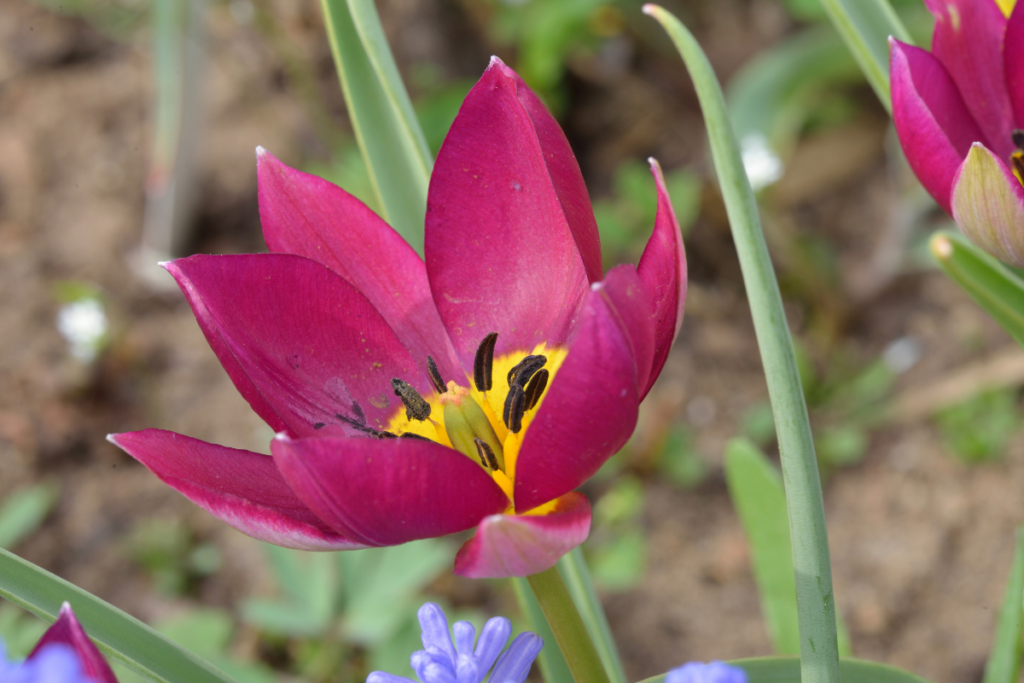
2. Species tulips, such as this ‘Persian Pearl’, are smaller than blowsy bedding tulips and perform better each year and spread, so leave them in the ground and feed with a general fertiliser when their leaves start to emerge in spring.
Find more tips, advice and articles like this at the Amateur Gardening website. Subscribe to Amateur Gardening magazine now.

